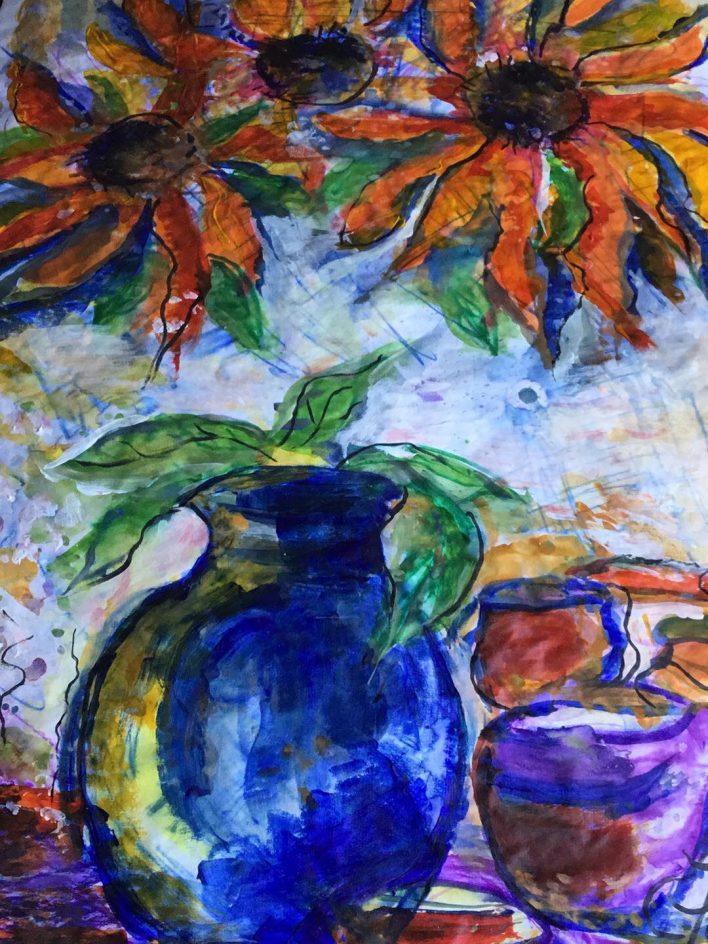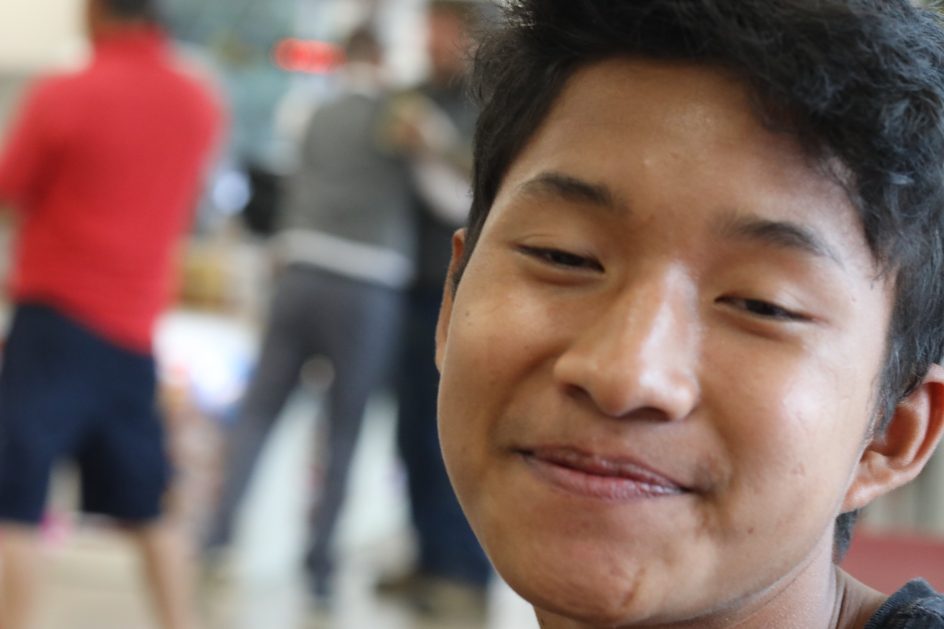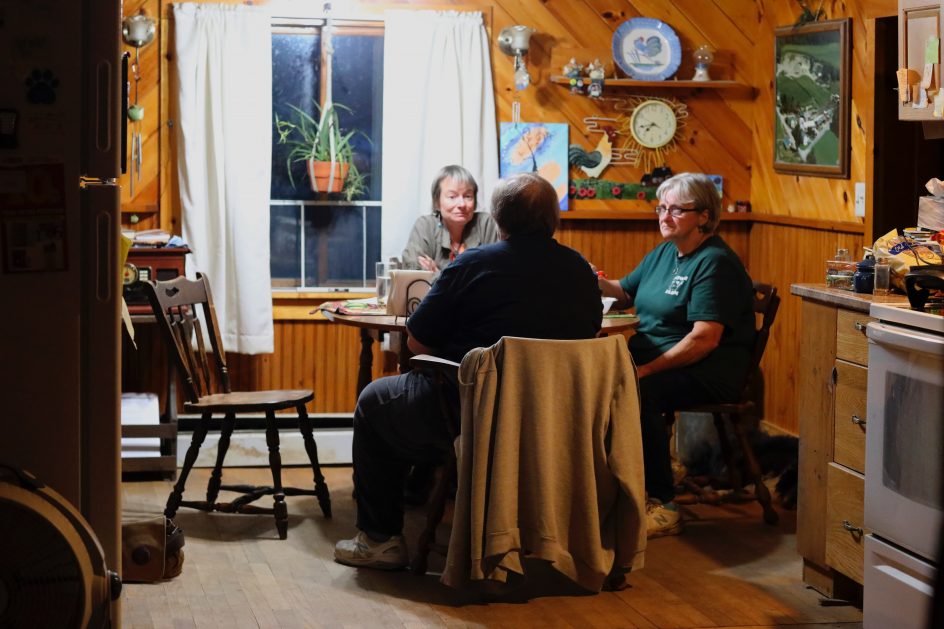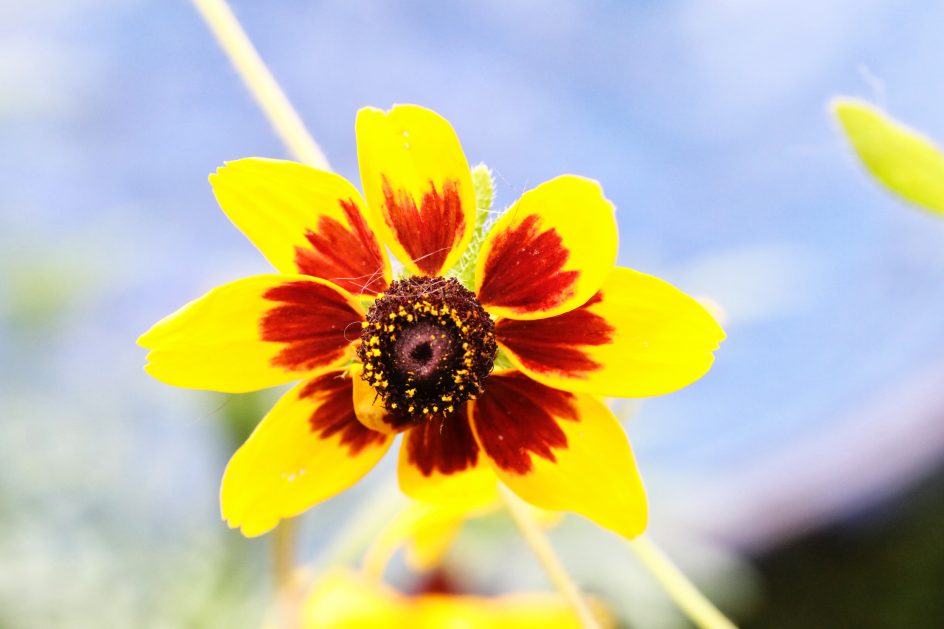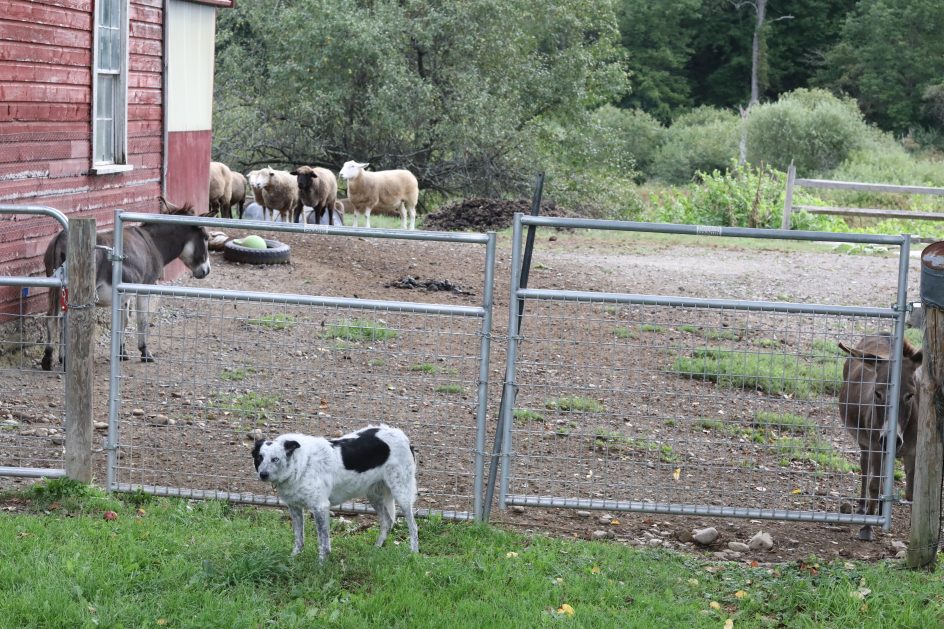
I’m going to the ocean for three days before it gets too cold, it will be raining just about the whole time, I see, which is good for us, Maria and I will have no choice but to rest and read and sleep and love.
I have learned the long way of the importance of re-charging. The thing is, I love my life, and always miss it when I am gone. Writing is not work for me, it is breathing. But we need more than work to be healthy and whole.
Every day, here or there, I spend an hour in silent meditation, I open my heart to any God who wishes to hear me and to the experience of being alive. I am eager to do this near the ocean.
I am buoyed the news that Bud is coming. For reasons I don’t completely understand yet, this means a great deal to me. A new dog is a new chapter in life, and even as I begin to get older, I have never lost the ability to be excited, or the desire to love and be loved.
I am so excited for my young friend Sakler Moo, who is setting out on an exciting new adventure at his new school, and for the other children and adults I am learning to know and figuring out how to help.
Community is really about heart to heart, I am learning. I am living heart to heart, in so many ways. My heart, which I have learned to take seriously, is tell me to go to the ocean and sit and think, at times in solitude and come back looking at the world anew, preparing for Fall, for our Open House and new dog and new friends.
I want to say that I will miss my farm and my dogs and donkeys and my very much-loved blog. So that is the point, I will be reminded once again of what my life means to me, I worked hard for hard and will work harder still.
My farm is in good hands. Nicole and Keene and the border collies will keep an eye on things.
Every minute I spent with Maria is good and precious and meaningful time, talking about heart to heart. We are heart to heart, a daily miracle that never tires or wavers or fades. How lucky I am. See you Wednesday.
I wish for you to be happy and hopeful.

